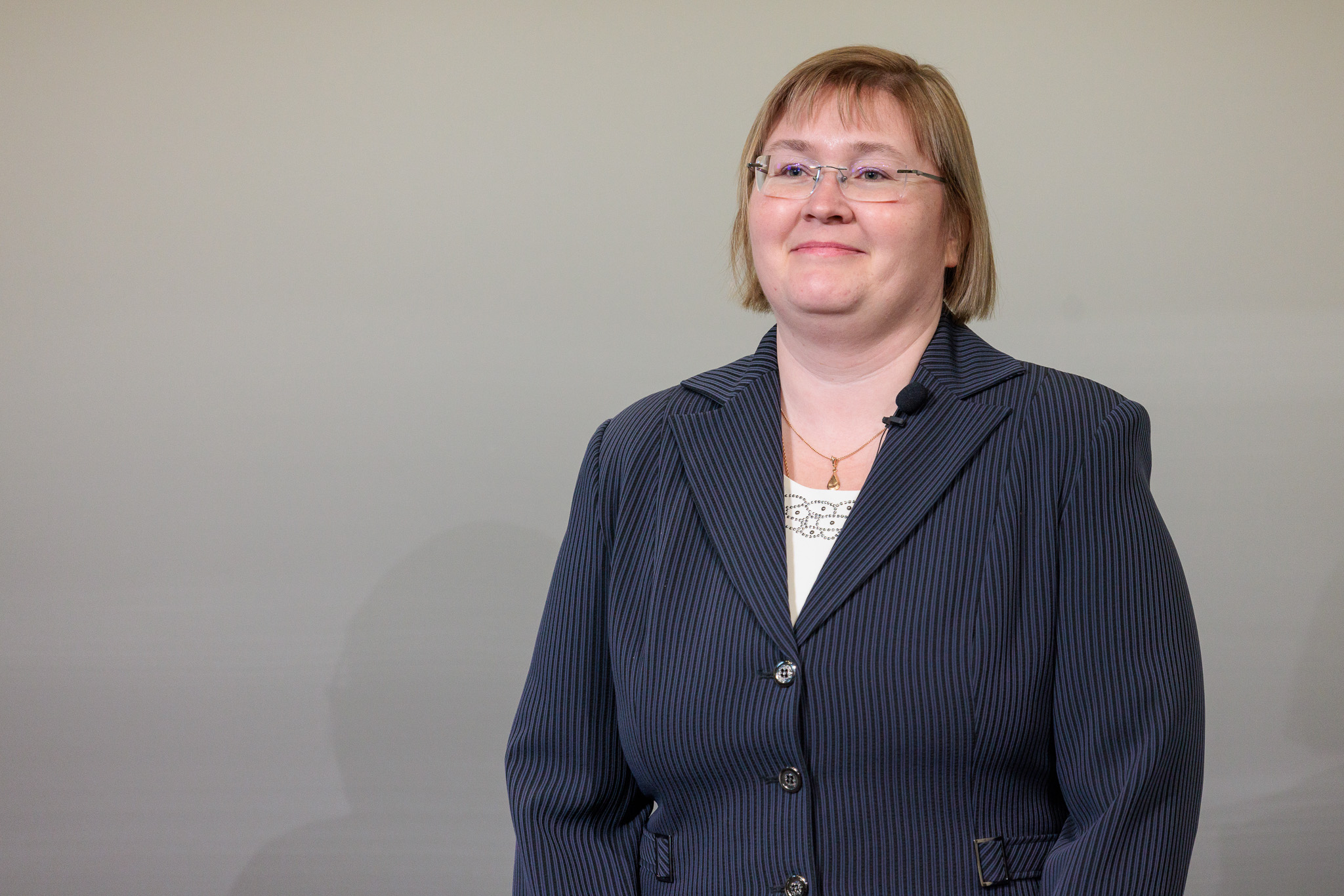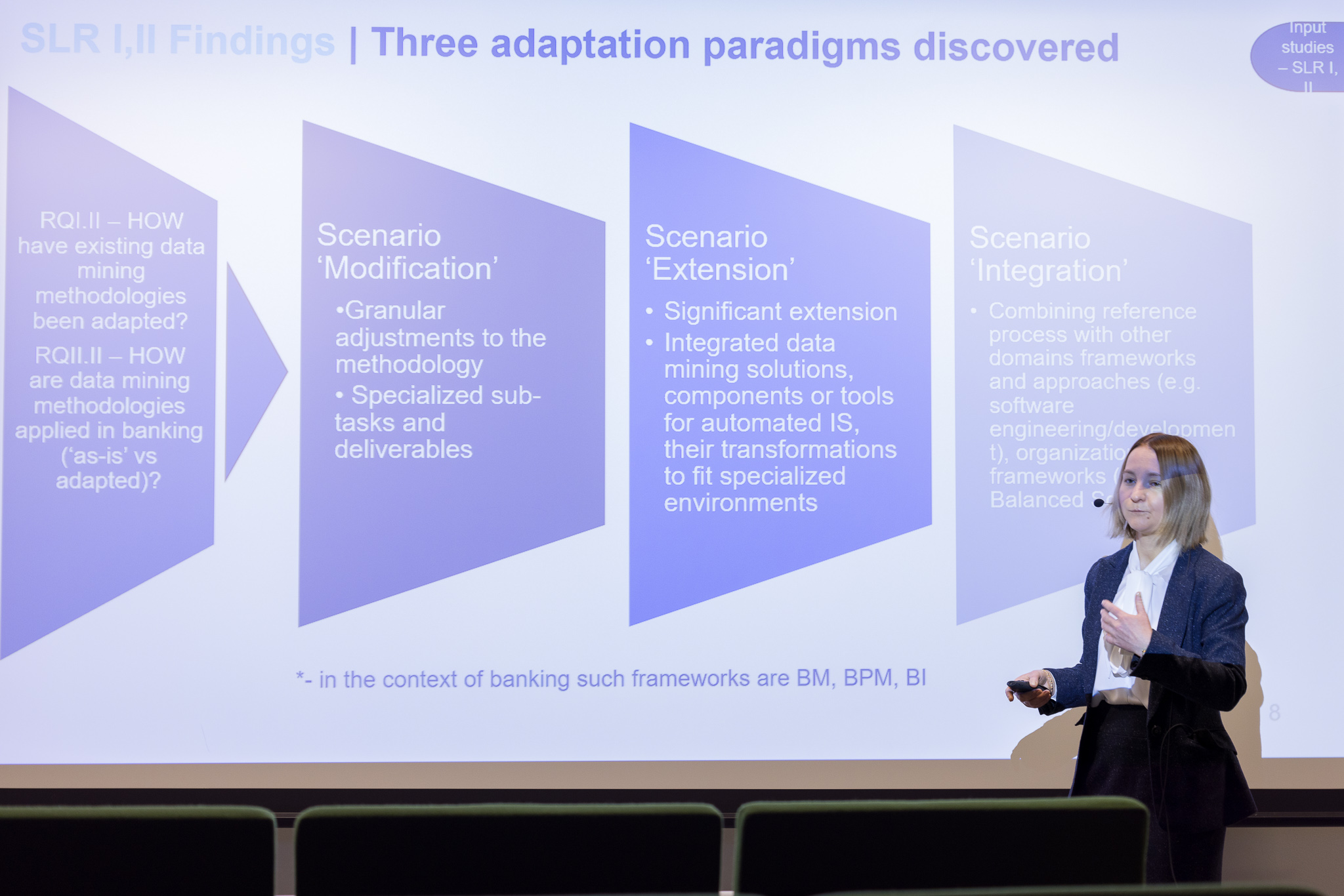Modern organizations must constantly adjust their business processes in order to adapt to internal and external changes, such as new competitors, new regulations, customer expectations, or strategic objectives. For example, due to a pandemic, a retailer might experience a 50% increase in their number of online orders; however, during the same time, their volume of in-store purchases declines by 30%. To adjust to these changes, the managers may decide to re-deploy employees from the retail stores to the company’s warehouses and the company’s online customer service department. To inform their decisions, the managers need to accurately estimate the impact of the above changes on the delivery and customer service response times.

A common approach to making such estimates is using Business Process Simulation (BPS). BPS refers to the use of computers to explore the dynamics of a business process over time. This technique allows creating hypothetical scenarios and assessing the consequences of their implementation in a virtual environment without taking the risks of failure in real life. Modifying the process components in the simulator allows the analysts to make assumptions such as “if you remove this, this could happen, or if you add this, this could happen.” This ability is very convenient to support the decision-making process concerning potential changes. BPS has long proven to be helpful, especially in business process redesign. At the same time, the predictions made by BPS models are known to be relatively inaccurate due to the way it is usually applied. The problem with this method is that creating and fitting a simulation model is a complex task that requires time and specialized technical knowledge.
Traditionally, domain experts create simulation models manually using manual data gathering techniques (e.g., interviews, observations, and sampling). This approach makes the creation of simulation models time-consuming and error-prone. In real-life, business processes tend to be more complex than what domain experts can capture in a manually designed simulation model. Yet, any omission in the simulation model can significantly affect its accuracy and reliability. Other limitations of current BPS approaches arise from business process simulation engines’ fundamental assumptions. For example, business process simulation engines assume that human workers work continuously during working hours, without distractions, without multitasking, and without fatigue. In other words, current business process simulation approaches cannot capture and reproduce the complexity of human behavior.
In this context, this thesis investigates how to automatically create accurate business process simulation models based on data extracted from enterprise information systems? Previous research on this question has demonstrated the viability of using a family of techniques for the analysis of business process execution data, known as process mining, to semi-automatically extract BPS models from execution data. Such techniques are fall under the banner of Data-Driven Simulation (DDS). This thesis starts by noting that existing techniques in the field of DDS require manual intervention and fine-tuning to produce accurate simulation models. The thesis addresses this gap by presenting and evaluating a fully automated technique for DDS capable of discovering and fine-tuning BPS models through process mining techniques (Simod). The technique’s core idea is to automatically assess the accuracy of a BPS model using a similarity measure that considers both the ordering of activities and their execution times. On this basis, the proposed technique employs a Bayesian optimization algorithm to maximize the similarity between the behavior generated by the BPS model and the behavior observed in the execution data. The thesis shows that the proposed DDS technique generates models that accurately reflect the ordering of activities.

However, the proposed technique often falls short when predicting the timing of each activity. This phenomenon is due to the assumptions that BPS techniques make about the behavior of resources in the process. The thesis combines DDS techniques based on process mining with generative modeling techniques based on deep learning to tackle this shortcoming (DeepSimulator). In this respect, the thesis makes two contributions. First, it proposes an approach to learning generative deep learning models that can produce timestamped sequences of activities (with associated resources) based on historical execution data. Second, it proposes an approach to combine DDS techniques based on process mining with generative deep learning modeling techniques. The thesis shows that this hybrid approach to learning BPS models leads to simulations that more closely reflect the timings of activities than a DDS technique based purely on process mining.



